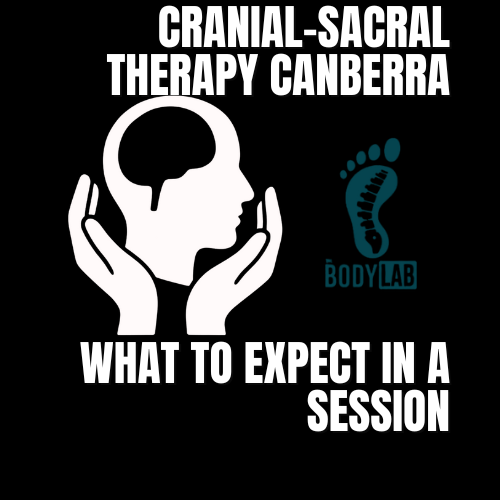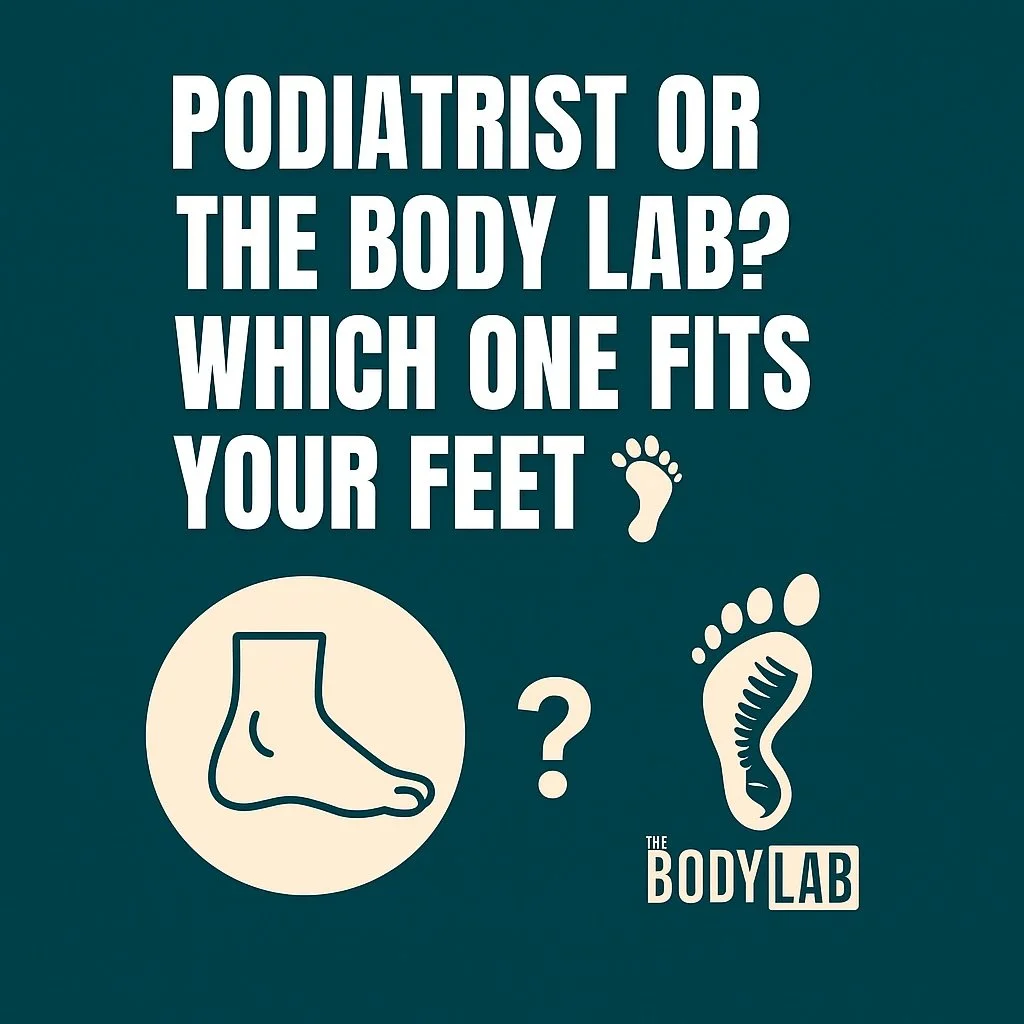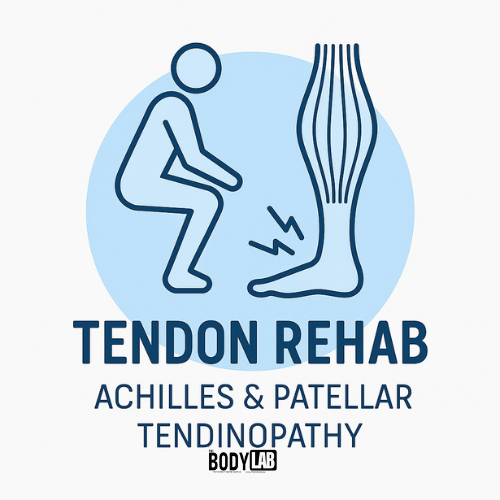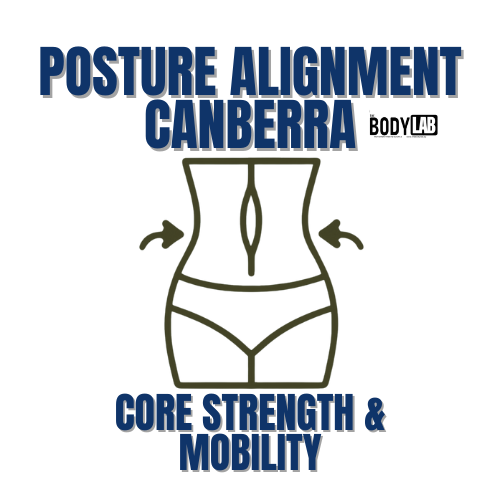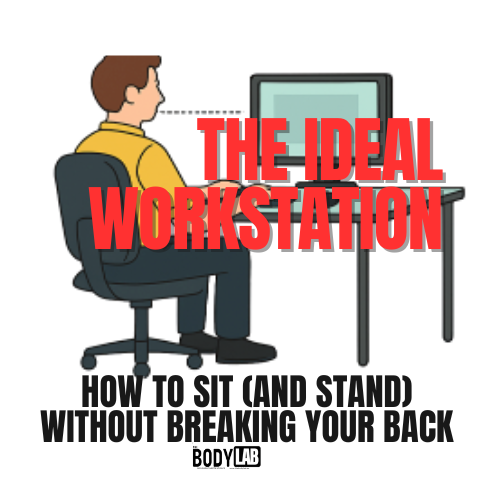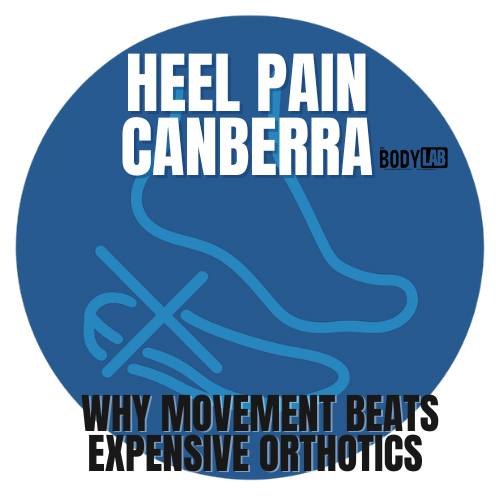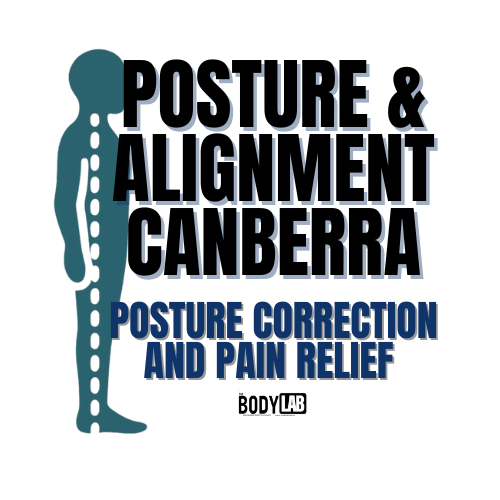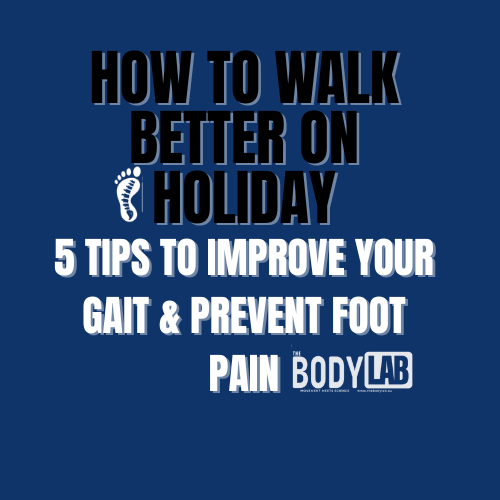Walking Holiday? Here’s How to Walk Efficiently (So You Don’t Come Home Broken)
AKA: The real reason your feet hurt after that “relaxing” European stroll-fest.
Let’s be honest—when someone says they’re off on a walking holiday, what they’re really saying is:
“I’m about to pretend I’m on a gentle vacation while actually walking a half-marathon every day with a baguette in one hand and a museum ticket in the other.”
And then they come back limping, blistered, and wondering why their hip feels like it’s 90 years old.
Sound familiar?
If you’re planning a walking-intensive getaway—or you’ve already booked one and are mentally preparing for your calves to weep—this blog is your survival guide to walking efficiently. Less hobble, more holiday. Let’s go.
Step 1: Stop Marching. Start Rolling.
Efficient walking isn’t about brute force. It’s about flow.
When you walk, your foot should roll from heel to toe like a gentle wave. We’re talking:
Heel strike – land softly, not like you’re squashing a cockroach.
Midfoot loading – your arch should depress, not collapse.
Forefoot push-off – that big toe? It’s not decorative. Use it.
If you’re slapping the ground with your whole foot at once, you’re leaking energy and probably aggravating something (plantar fascia, anyone?).
Step 2: Your Big Toe is the MVP
Your big toe (hallux) plays a starring role in pushing you forward.
If it doesn’t extend (bend upward) properly, your body cheats. Enter:
Rolling to the outside of the foot
Swinging the leg out
Overworking the hip flexors or calf
And voilà—your walking holiday just turned into a free ticket to Tendonitis Town.
Try this test: Stand up, lift your big toe off the floor. Can you do it without the rest of your foot freaking out? If not, you’ve got some pre-holiday homework.
Step 3: The Hips Don’t Lie (But They Might Cheat)
Efficient walking is full-body choreography.
Your pelvis should rotate gently, not stay frozen like it’s afraid of commitment. If it’s stiff, your hips will do too much side-to-side wobble (hello, lower back pain).
👉 Hot tip: If your shoulders and hips aren’t counter-rotating when you walk, you’re not walking—you’re stomping.
Add some spinal mobility drills before your trip and watch your stride smooth out.
Step 4: Shoes Matter. But They’re Not the Whole Story.
Yes, wear comfy shoes. Yes, arch support might help.
But let’s be clear:
No amount of gel cushioning will save you from poor mechanics.
Fix your gait first. Then, and only then, do shoes become your friend.
(Pro tip: rotate your shoes like outfits. Different sole shapes = different stimulus.)
Step 5: Learn to Use Momentum (AKA Stop Power-Walking Like It’s 1997)
Walking shouldn’t feel like effort with every step.
When your joints are moving in harmony—ankle, knee, hip, spine—you recycle momentum.
Like a slingshot, not a sled push.
If every step feels like a squat-thrust, chances are you’re absorbing impact, not redistributing it.
Walking should feel like falling forward with style.
(Yes, that’s a Buzz Lightyear quote. No regrets.)
Bonus Step: Train Your Proprioception Before You Go
Fancy word. Simple meaning: body awareness.
Balance drills, foot mobility, and walking on uneven terrain before your trip can help your nervous system stay sharp when faced with cobblestones, stairs, or that charming but perilous “old town” paving.
Your ankles will thank you. So will your dignity.
Your 4-Week “Fix Your Feet” Prep Plan
Got a month before takeoff? Perfect. Here’s how to use it:
Week 1 – Mobilise + Awaken
Big toe lifts & toe spreads (daily)
Roll through heel-midfoot-toe while standing
3D ankle mobility (circles, knee-over-toe shifts)
Week 2 – Strength + Awareness
Barefoot balance (stand on one foot while brushing your teeth)
Short foot activation drills (just don’t overdo it)
Explore walking with pelvic rotation and arm swing
Week 3 – Connect + Control
Add spinal rotations and hip openers
Use wedges or elevation props to feel where you’re lacking motion
Practice slow walking with soft heel strikes and full toe-off
Week 4 – Walk Like a Pro
Practice 20-minute purposeful walks (focus on flow)
Try uneven surfaces, different shoes, and different speeds
Record yourself walking and review your gait (yes, seriously—it’s illuminating)
You’ll board that plane walking taller, moving smarter, and secretly judging everyone else’s foot mechanics.
Last Step? Come See Me.
If you’ve got stiff ankles, tight hips, or walking feels more like trudging, it’s worth getting a quick gait tune-up before you clock 20,000 steps a day in Rome.
At The Body Lab, we assess how you walk, move, and stand—then get things working better with hands-on therapy and movement coaching.
Book your Advanced Biomechanical Assessment today.






